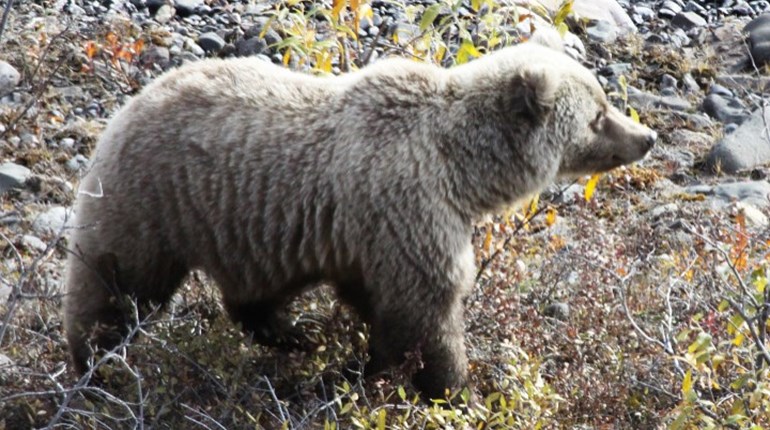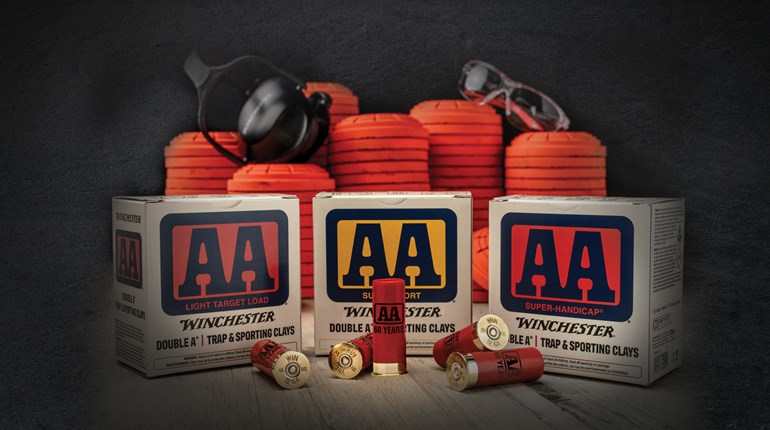
You did your homework. All summer, you got together with your buddies every few weeks to shoot clay targets. You didn’t break them all—no one does—but after a few months you started feeling pretty confident about your shotgun shooting ability. Then the long-awaited season finally arrived, and those fast-flying, dipping and dodging doves shredded your hard-earned confidence in just one hunting trip. What went wrong?
First of all, know that it’s happened to every dove hunter; it’s just part of the steep learning curve on the road to becoming competent. Secondly, realize that when you decided to try dove hunting you signed up for a graduate course in wingshooting. Even experienced dove hunters may fire four or five shells to bring down a single dove. If someone shoots 50 percent—two shots for every one dove bagged—and can do that consistently, he or she is considered an excellent wing-shot.
The bottom line concerning the discrepancy between shooting clays and doves is that doves do not fly the same way as clay targets. That may sound too simple an answer, but it’s true. Let me explain …
When shooting clays, shotgunners know that when they step into the shooter’s box and say “pull,” a target will immediately appear within range and that it is a safe shot to take. They also know that the direction of the target will not change as it flies, and that the target will be gradually slowing down (decelerating), not speeding up. In essence, they know the what, when, where and how of their target ahead of time. All the shooter has to do, then, is concentrate on breaking said target.
Dove hunters, on the other hand, have none of those four advantages. For instance, a dove appears in the sky when it wants to, not when you say “pull.” When a bird shows up, the first thing you must decide is whether or not it’s a dove, a legal target. Shoot a nongame bird by mistake, and you soon may have a game warden tapping you on the shoulder.
Once you’re sure the bird is a dove, the next item on your mental checklist is determining whether or not the bird will fly within range, 40 yards or closer. And as you’re contemplating, keep in mind that the dove will likely change its flight path before it gets to you, and possibly more than once. But if the dove does come within range, will it present a safe shot?
If all that is not enough to worry about, those various decisions must be made in a matter of seconds, as doves can fly as fast as 60 miles per hour. Once all those questions have been answered in the affirmative, then, and only then, can you concentrate on taking the shot.
And one more thing. If it’s a flock of doves rapidly winging their way toward you, not just one or two birds, that can further fluster your mind as they twist, turn and swap positions within the flock. Which bird do you shoot? Your eye will naturally be drawn to the closest dove, but if you stand up from your shooting stool too soon and the lead dove flares, its buddies will likely flare, too, putting on a last-second burst of speed that causes you to shoot a hole in the sky.
It’s all those combined reasons that you—and dove hunters everywhere—miss more doves than we connect with. So, what can help increase your percentage of hits on the dove field? Below are three simple suggestions:
Use Decoys
Rather than just pass-shooting doves, try using a few decoys. This will not only help bring doves closer, it often causes them to slow down as they fly past, making them easier targets. As a bonus, you’ll enjoy watching doves swing into your decoy spread, much like ducks to waterfowl decoys.
As my main decoy, I use a battery-operated, spinning-wing Mojo Elite Series Dove. On both sides of that decoy spaced about 5 yards from it, I place a Mojo Dove-A-Flicker spinning-wing decoy. From a distance, the intermittent spinning of the single black-and-white Dove-A-Flicker wing makes it look as if a flock of doves is feeding on the ground around the main decoy. In addition, I place half a dozen static dove decoys on the ground in and around the three that rotate. If you are hunting near a fence or brush, clipping a few static dove decoys to those structures helps your decoy setup look even more enticing.
Hunt with a Buddy
Another way to up your percentage on doves, especially in an open-field situation, is to sit back-to-back with a hunting partner. In that way, you only have to watch the sky in front of you, not 360 degrees. Communicating with your buddy when doves are first spotted eliminates getting “burned” from behind, increasing shooting opportunities for both of you.
Keep at It!
Keep in mind that becoming a competent dove hunter is not just a matter of learning to shoot better. It also takes field experience; knowing where, when and how to hunt doves is what will ultimately lead you to your first limit. That said, continuing to practice on clay targets will certainly help. Of the three main shotgun sports—trap, skeet, and sporting clays—sporting clays is the discipline that best simulates the varied shots encountered in the dove field.
Oh, one last thing. When you finally start to become more consistent in your shooting as a dove hunter, don’t believe that you’ve mastered the sport. Even accomplished dove hunters can have the wheels fall off unexpectedly on any given day or at any given period during a day. Outdoor writer Charley Dickey, in his classic 1975 book Dove Hunting, was candid and humble enough to admit when it happened to him.
“On one glorious afternoon in South Carolina, I bagged 12 doves with 13 shots, a feat I have since related to every hunter I could corner. A week later in Oklahoma, while shooting in a high wind across a peanut field, I shot more than 90 shells with results so meager that I dodged the other hunters as I left the field so that no one could ask me how many I had bagged. A dove shooter can smoothly bag a double and then miss seven or eight easy shots in a row. But that’s what makes dove shooting forever interesting and challenging.”






































